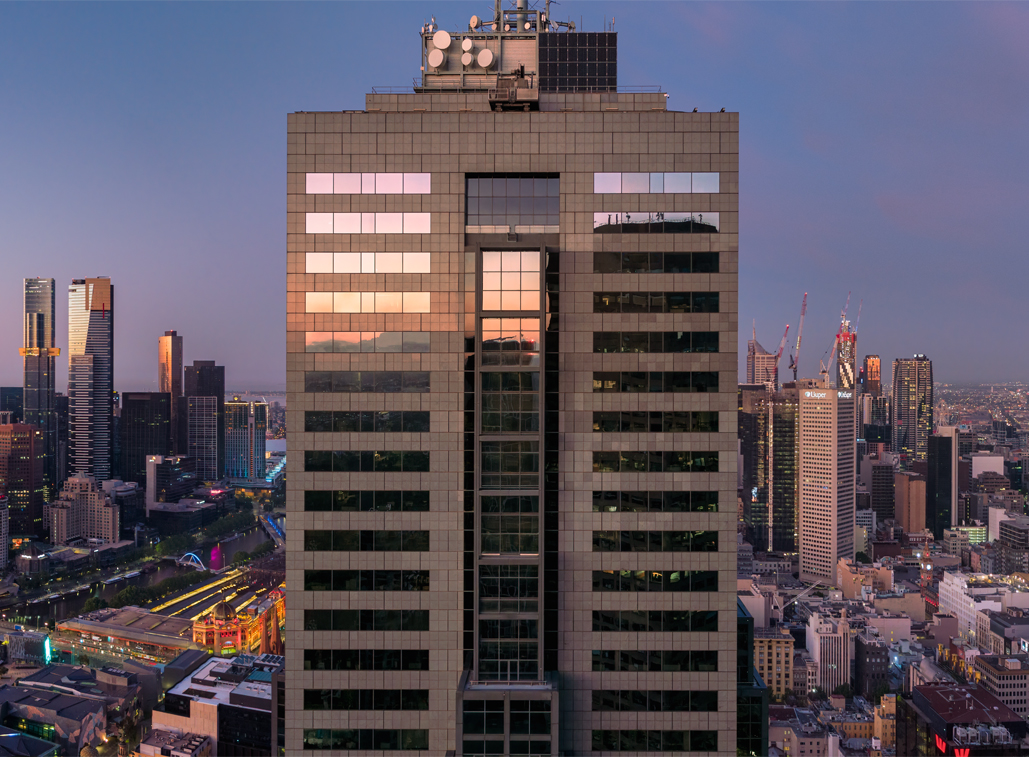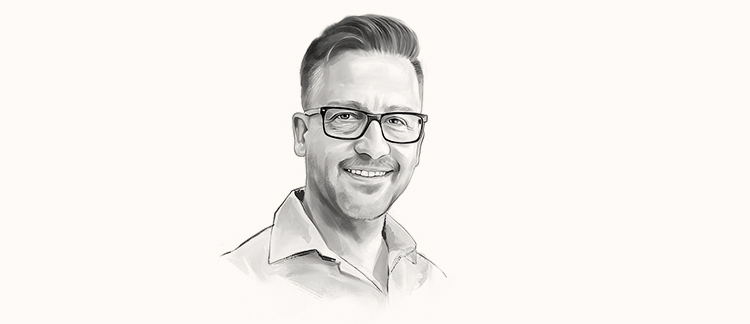
John Corbett is in the right place at the right time. Long before the pandemic hit, Cisco’s Workplace and Real Estate Strategist had begun questioning the traditional functions of workplaces. Why should employees be expected to commute to an office that doesn’t give them what home, or even a cafe, can? And how will offices adapt in a world where workplaces are fast becoming just another competitor for our limited time?
Now that the pressures of COVID-19 have redefined many workplaces, turning offices of 100 people into 100 home offices, John is watching from Cisco’s 101 Collins premises as some businesses scramble to catch up with realities that have been a long time in the making. He doesn’t sugarcoat it: The office of the past isn’t the office of the future. How we interact with a ‘workplace’ will shift.
“There’s this broken sentiment that everyone’s just going to roll back in like a massive wave,” he tells One Hundred and One, as he looks beyond COVID-19. “Everything’s got to change. Working from home is built into our psychology now, work will never return to what it was.” For employers, he says, that means having to earn the right to host their employees at the office.
Ecosystem
The economist and real estate expert began analysing workplaces in 2014 and, from where he is sitting, the office has suddenly become a very clunky place, devoid of loyalty: right now, everything but the office is winning our attention. The reason, he says, is neatly illustrated by a smartphone. In one neat package, smartphones have brought ample devices into one place and updates raise the bar continually and equally across its functions. They do what the user wants, when the user wants it. Why, then, can’t the office be considered a single ecosystem, with the user experience extending well beyond the desktop and rippling across the whole, smarter and more intuitive, workplace?
Empathy
To John, the future of offices begins not only with new technologies, but with something altogether more nuanced and unexpected. It begins with empathy. Technology has traditionally been used to automate old ways of working; he explains. Look from the other direction, he says, and build a system that has at its core empathy, flowing to people and then to work. The workplace is necessarily a living, shifting part of the way we work, and holding it all together are humans, with human emotions and human connections.
Employers face three problems: connecting work, connecting people and connecting workplace, he says. Connecting work has been relatively easy – we’ve seen it during the pandemic. It’s inexpensive and essentially ends with the laptop. Less straightforward is connecting people, and people to the workplace. Where we used to chance upon natural interaction, we are, in short, “scheduling the hell out of ourselves,” says John, and it is causing stress and anxiety. We need high quality human connection both in and out of the office in ways that are frictionless and that allow for shared, spontaneous “amongst the desks” moments.
Seamless efficiency
The office of the future will be a smaller, more agile creature, and will work harder for us. “It should connect to me, I don’t have to connect to it,” says John. This looks like a workplace where the employee walks up to a meeting room that automatically “knows” and syncs to them. It looks like smartly distributing a single device’s mobile phone connection across all phones in a meeting. It looks like neatly repurposing current technological architecture so that employees can gauge, before making the commute to work, who is there and how they are using the office space and facilities.
In Singapore, he designed out the inefficiencies of overbooked, underused meeting rooms by synchronising workflow with workplace, on demand. The result was a 68 per cent cut in meeting room square footage but improved usage and response to supply and demand.
His “scale digitally, manage physically and sustain always” concept relied on Cisco’s Webex workplace technology to economically scale efficiencies over time. Such strategy robustness meant he could justify multimillion dollar fit out investments and longer-term leases at sites including Cisco’s North Sydney and 101 Collins offices. Technology creates the viscosity to make it happen, but the intuitive, seamless workplace hinges on tools that already exist so that capabilities can be scaled, and efficiencies improved. In Cisco’s world, that means video endpoints that measure air quality, pinpoint and diagnose errors and deliver service that goes beyond the workplace. That, in turn, creates loyalty.
Equity
As does equity. Looking ahead, every employee at every level needs access to the same technology. That means the smallest meeting rooms and home desks fitted out with the same frictionless connectivity as the boardroom and CEO’s office. It means safeguarding inclusion and, along the way, smoothing out false economies and bottlenecks. Data underpins part of all this, but while it is important, it shouldn’t overwhelm the simplicity of the message: serve people. The future is about giving
 Share this on LinkedIn, Twitter
Share this on LinkedIn, Twitter
More than an iconic Melbourne landmark, 101 Collins Street is where influential businesses exchange exceptional ideas.